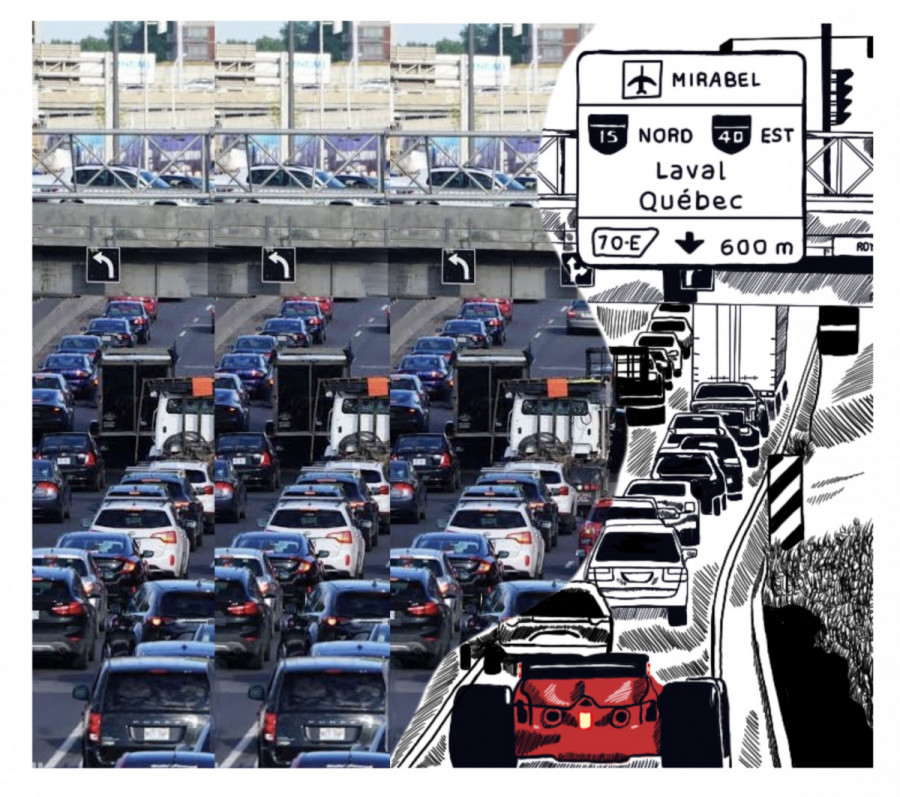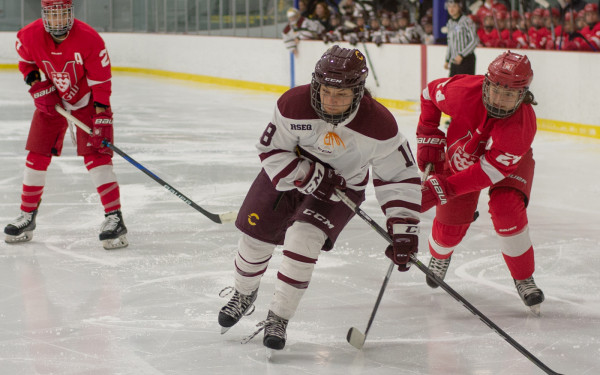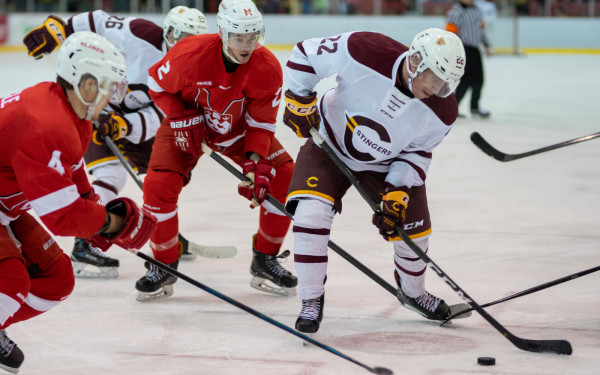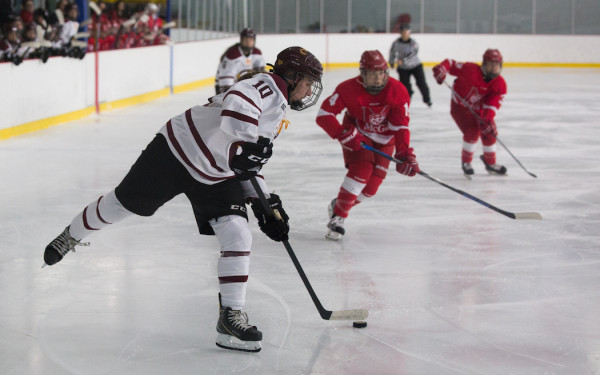I fixed the Canadian Grand Prix so the F1 doesn’t have to
It’s time for Circuit Gilles-Villeneuve to get a makeover
One of the great things about Formula 1 is without a doubt its venues. With 22 races spanning 21 countries and five continents this year, each host does its best to welcome a global following into their city and their culture for one weekend.
Montreal’s Circuit Gilles-Villeneuve has hosted the Canadian Grand Prix since 1978 and is a fan favourite, making it a mainstay on the F1 calendar. With its fast sweeping straights, iconic hairpin, and delightfully unpredictable June weather, there have been countless classic moments in the circuit’s history.
That being said, I am a firm believer in the idea that Grands Prix—and tracks more specifically—need to do more to represent the location of the race. Montreal is no exception to this, so let’s break down the track and take a look at where we can sprinkle a little Montreal magic.
The turn 6-7 chicane
Chicanes are technical, challenging double turns meant to slow cars down and test the skill of any driver while also presenting an opportunity to overtake. However, the run down to turn 6 is so short that it’s nearly impossible to pass there. This presents the first opportunity to inject the very lifeblood of Montreal into the race; confusing road signs.
Instead of turning left, a series of contradictory detour signs will lead drivers on a wild goose chase down a series of new escape roads and runoffs that may or may not culminate in a cul-de-sac, forcing them to turn around.
The back straight
Arguably the easiest place to overtake, the long straight following the hairpin is a great place to get in a driver’s slipstream and pass them.
Now I ask you, dear reader, should driving on any Montreal road be so convenient? Of course not. Instead of that great overtaking opportunity, the marshalls will place cones along a stretch of the straight, funnelling everyone into a one-lane free-for-all. The speed limit will be set at 80km/h with traffic cameras to protect the construction workers putting up an overpriced condo building directly on the track.
The Wall of Champions
The Wall is the most famous area on the track. Following a very quick and narrow chicane, the concrete wall saw World Champions Damon Hill, Jacques Villeneuve, and Michael Schumacher all crash out of the race at this very spot in 1999, immortalizing it.
If I had a nickel for every time I crashed into it while playing the F1 video game, I might be able to afford tickets to the race. It is perfect and impossible to master. It must stay.
The pitlane
Everything about an F1 pitlane is done with surgical precision, supremely organized and timed down to the millisecond. A few tenths of a second lost here or there could be the difference between winning and losing a race, so teams have made the pit stop process as efficient as possible.
How dare they try and bring efficiency into our magnificent disorganized hellhole? To teach them a lesson, access in and out of the pitlane will be controlled via traffic lights operated by a distracted police officer. The pitlanes will also replace the 50km/h speed limit with a delightful assortment of potholes and speed bumps with varying size. That’ll teach them.
Many would argue that the work is not done and that more of Montreal can be pumped into Circuit Gilles-Villeneuve. However, erratic drivers going WAY too fast is as much a part of the fabric of the city as anything else, so they also deserve the chance to shine.
This will be the first Canadian Grand Prix since 2019 due to the Covid-19 pandemic, so I am begging the powers that be to wake up and see the light. You alone have the ability to unlock this track’s full potential.


_600_832_s.png)

4_600_375_90_s_c1.jpg)


